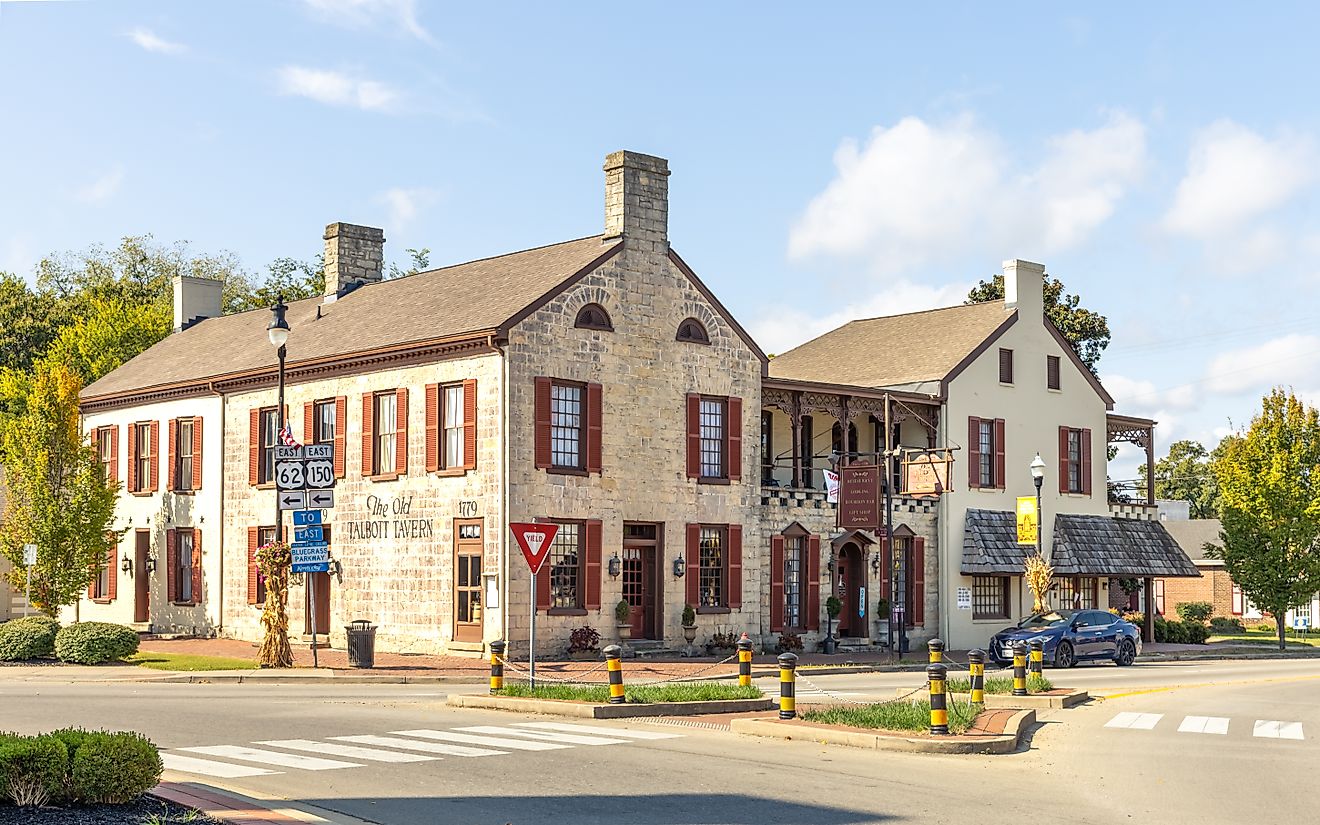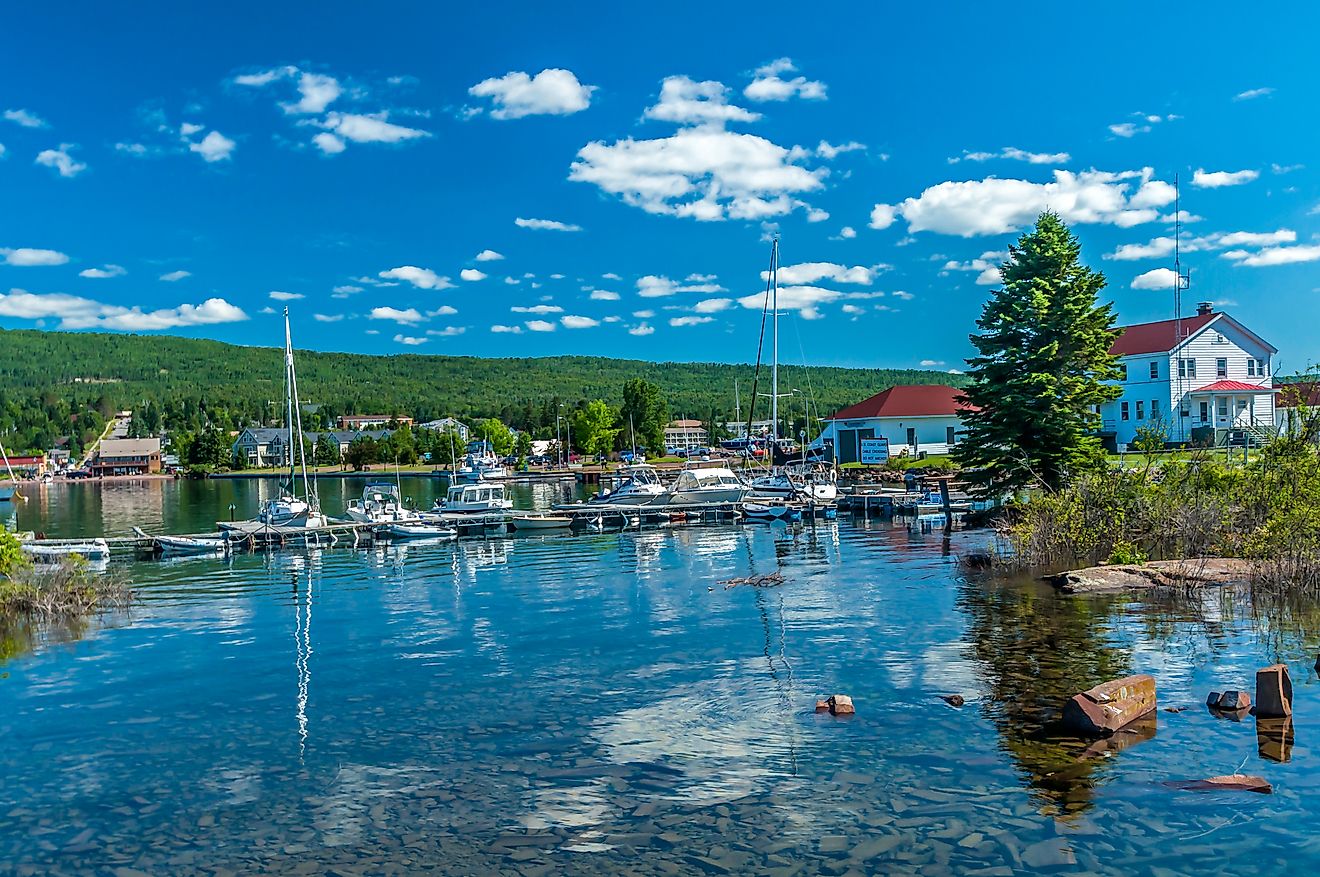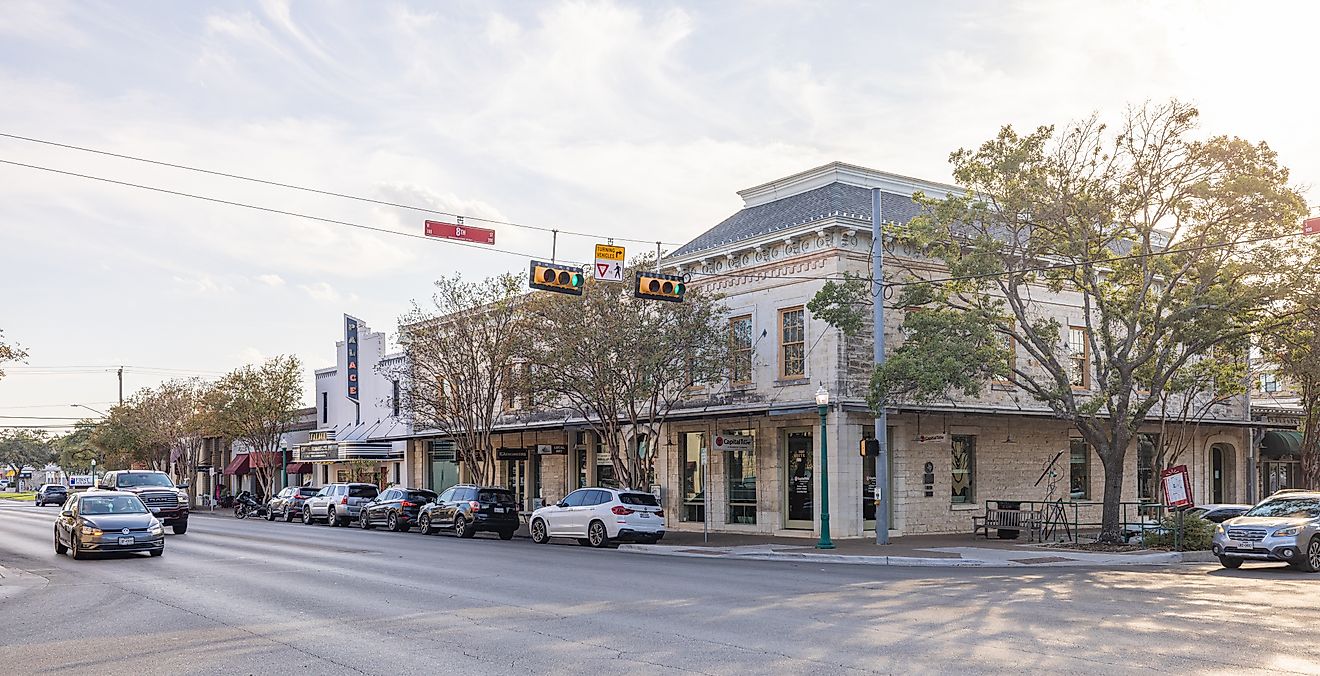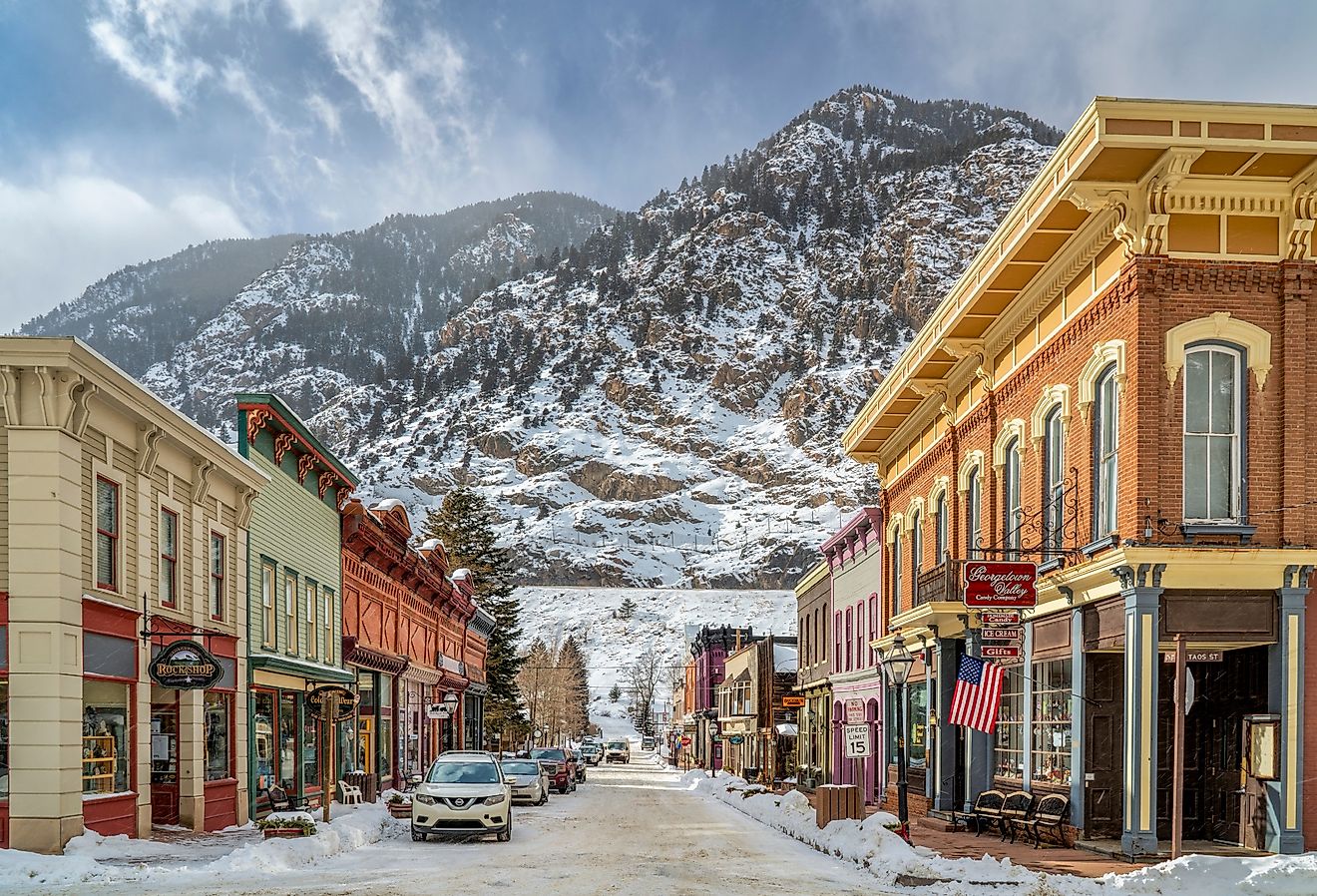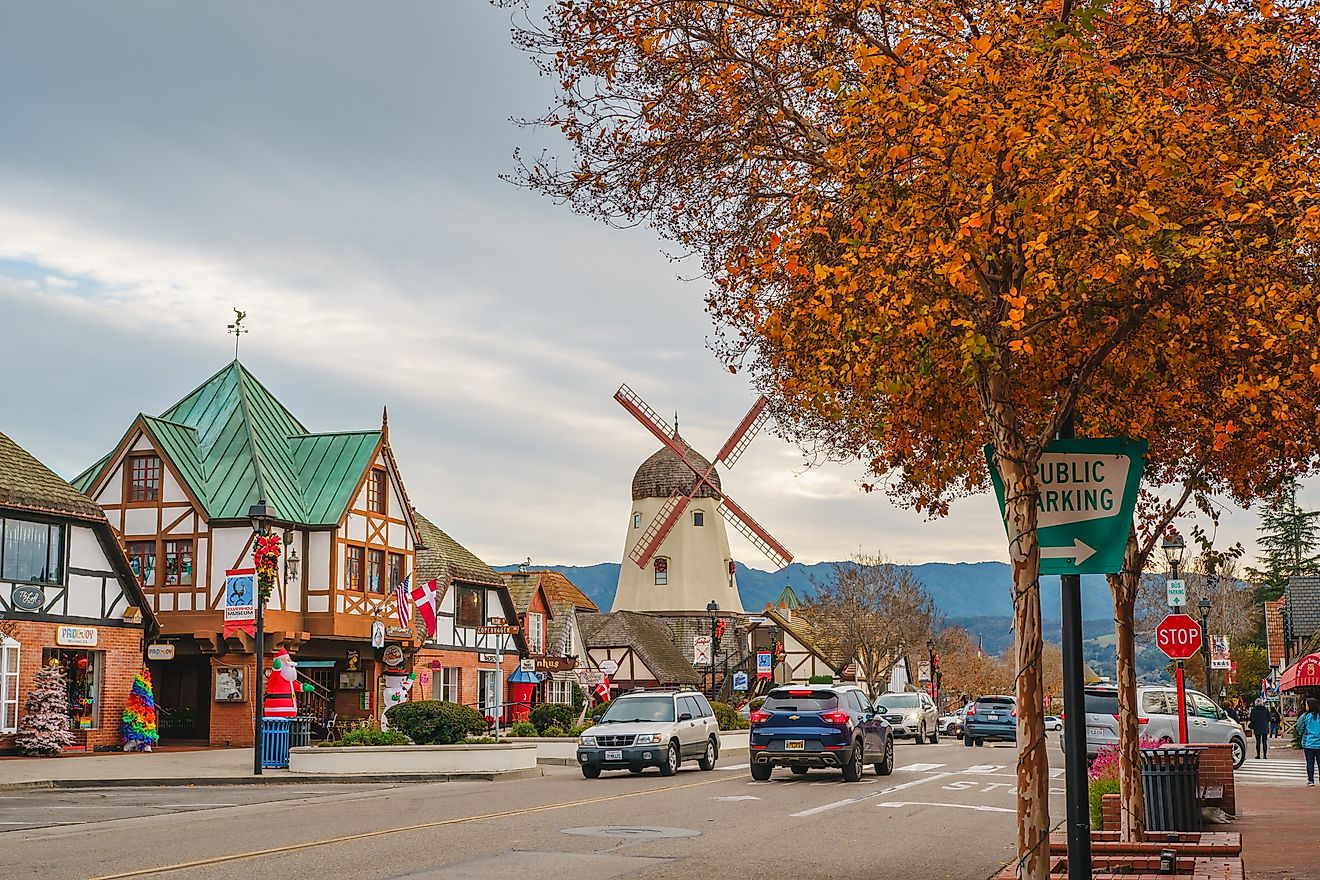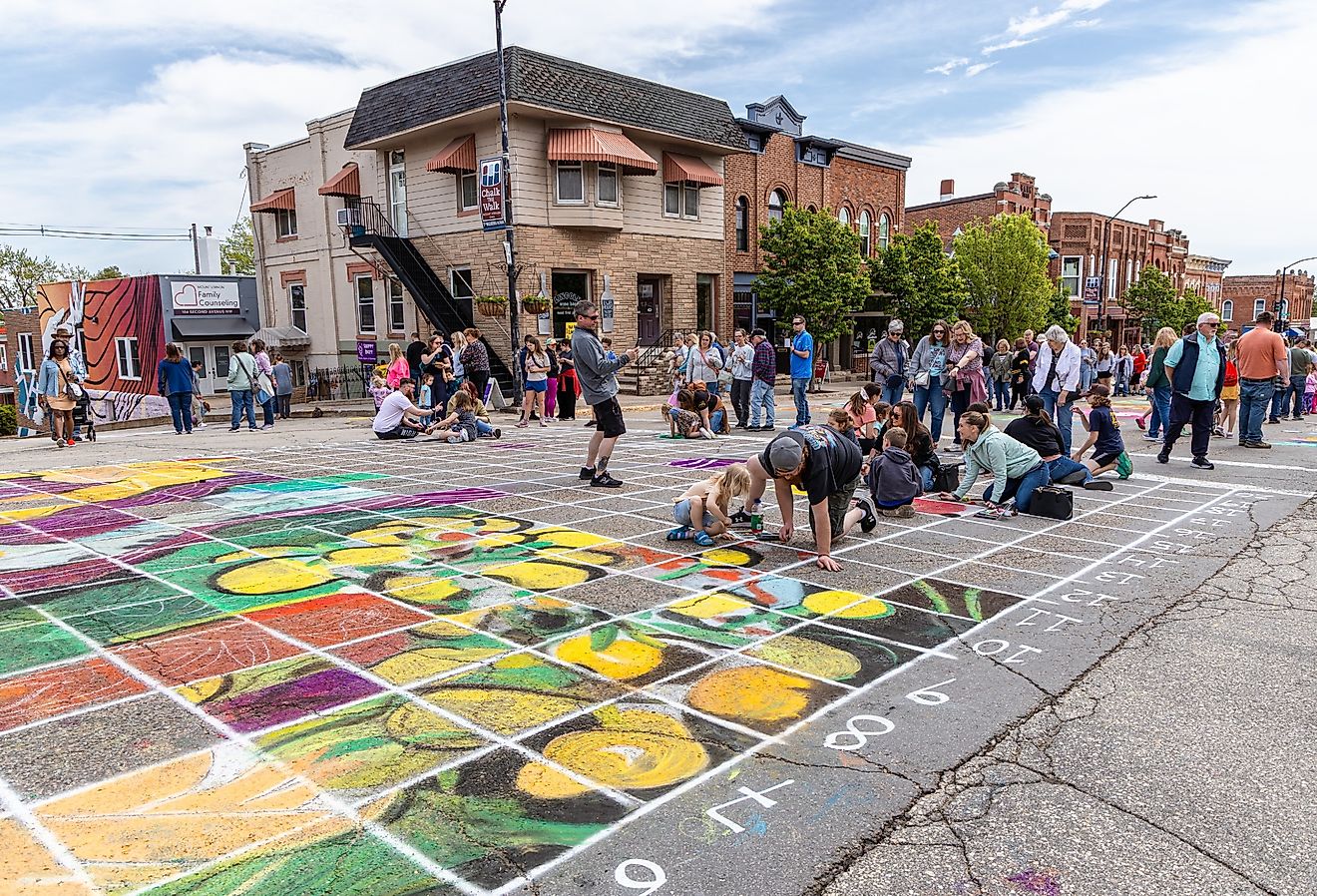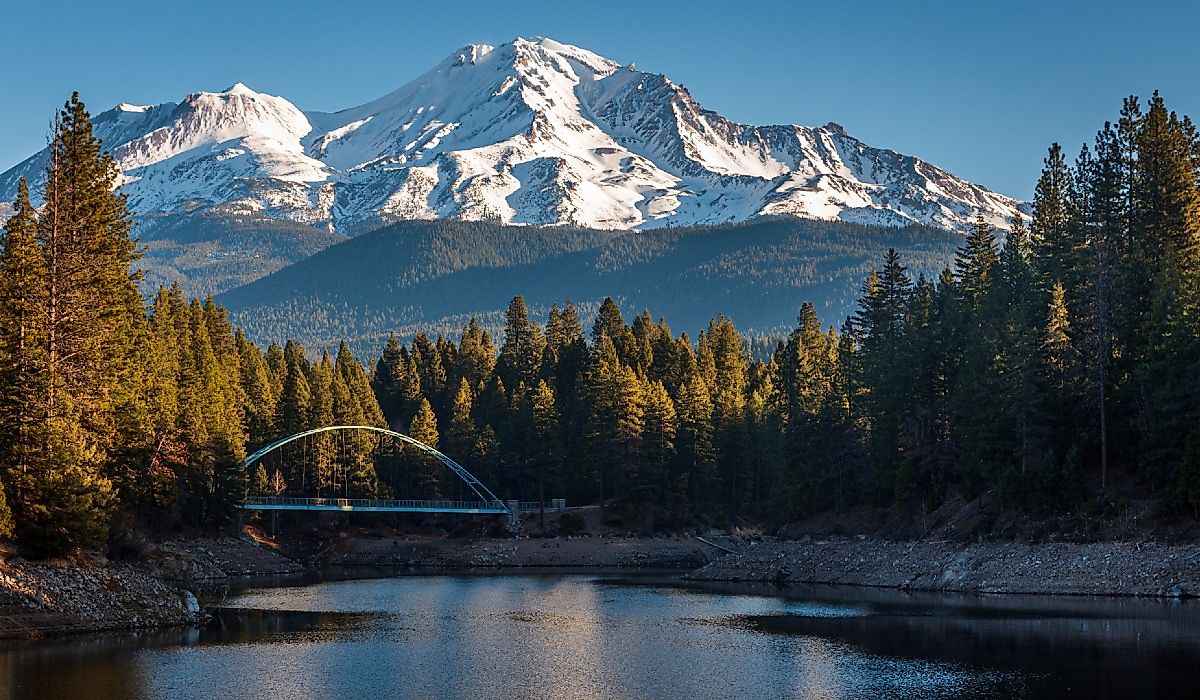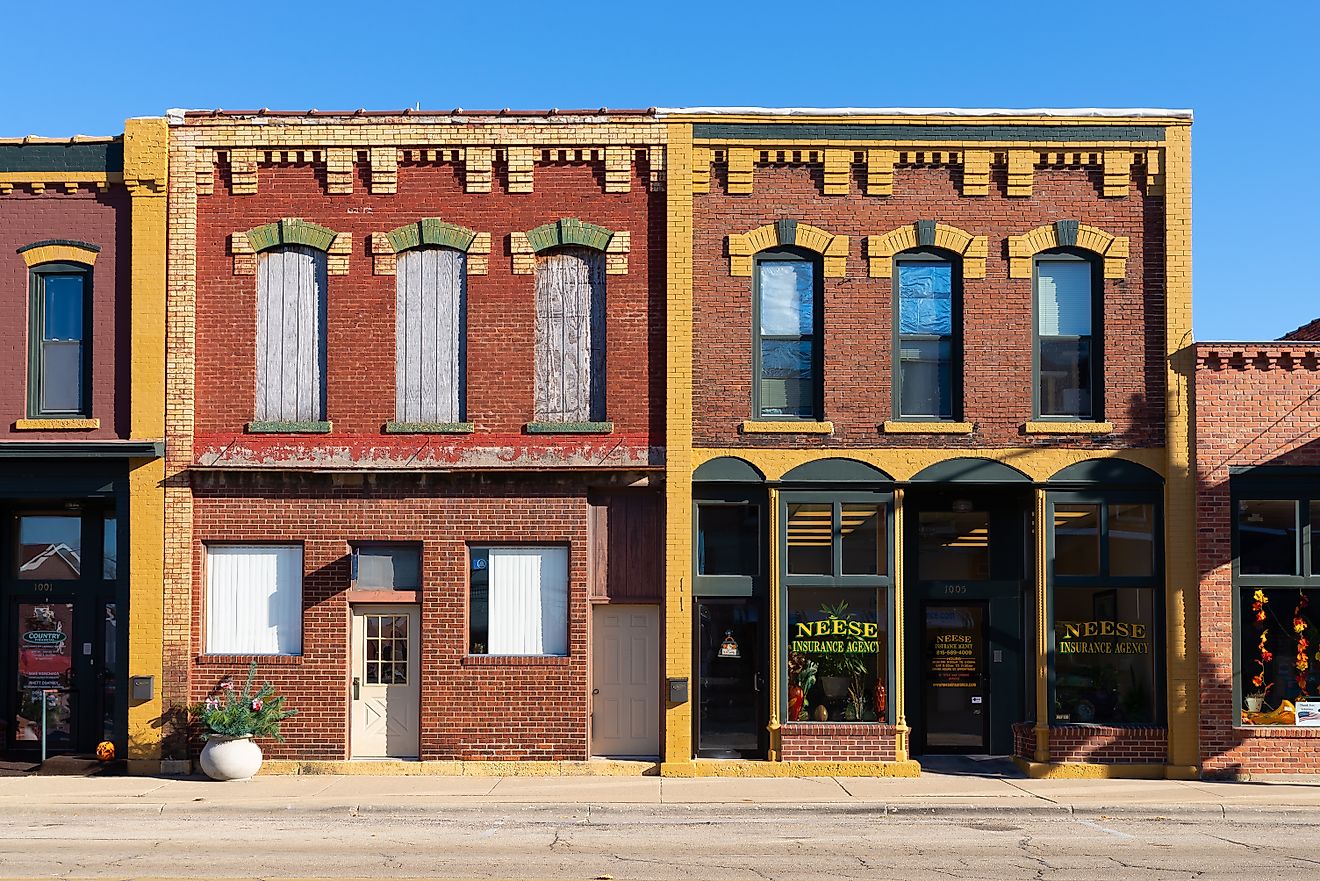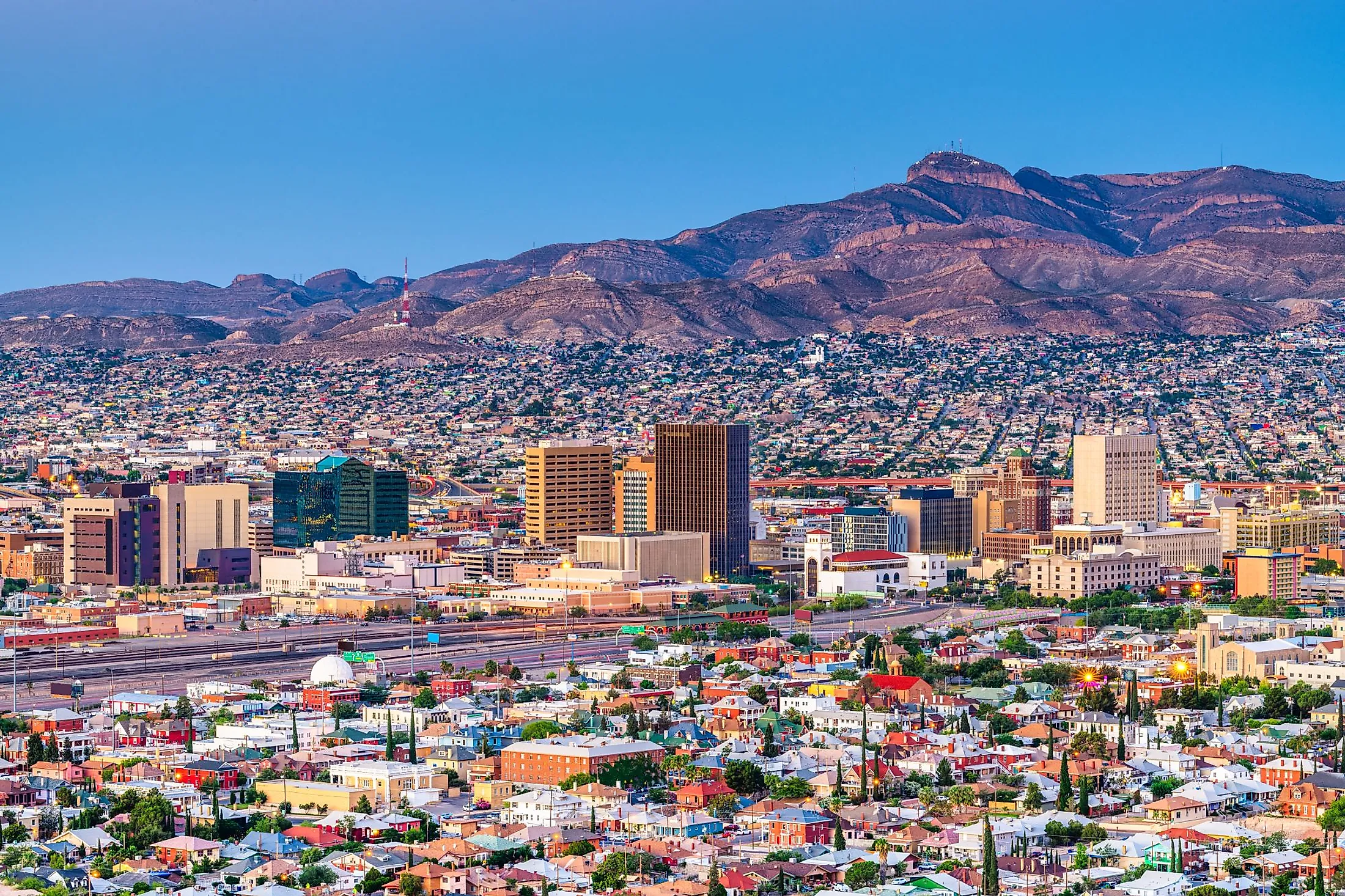
El Paso, Texas
El Paso is a big city situated in El Paso County at the westernmost corner of the US State of Texas. The city lies in a region where the Texas, Chihuahua, New Mexico, and US-Mexico border intersect. It is the most significant international metropolis in the world and flawlessly combines cultures and traditions from the Old West's rich history to Mexico's vibrant colors, to the rich Native American heritage and the allure of the desert sun. El Paso has been known for a long time since the beginning when Spanish Conquistadors first set foot on the banks of the Rio Grande in 1598, and up until the present day, with the annual influx of millions of tourists.
Geography And Climate Of El Paso
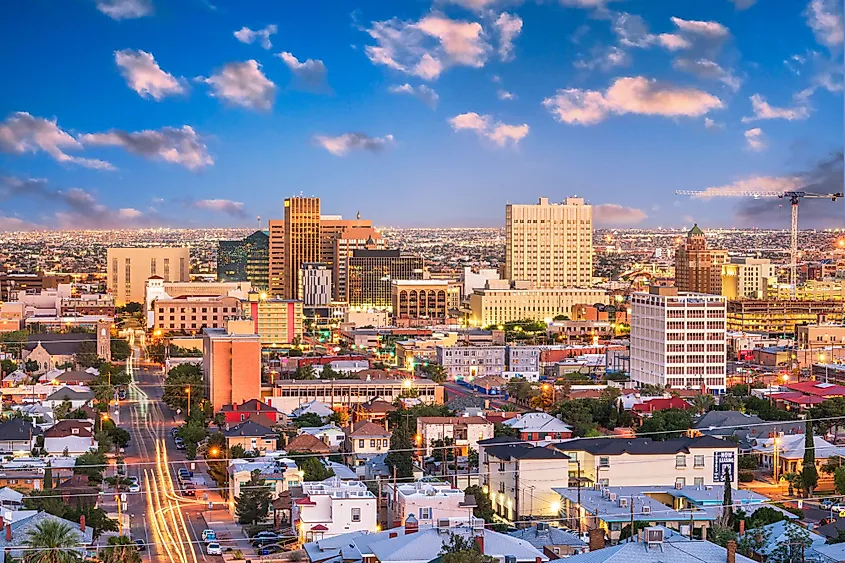
Being the county seat of El Paso County, El Paso is located more closely to the capital cities of four other states than it is to the Texas State Capital, Austin, which is located 850 km away. These other states' capital cities are Hermosillo, Sonora (523 km), Ciudad Chihuahua (351 km), Phoenix, Arizona (690 km), and Santa Fe, New Mexico (439 km). El Paso is located within the easternmost Basin and Range Region, which is the Chihuahuan Desert. It is situated beneath a small opening where the Rio Grande emerges from the barren southernmost of the Rocky Mountains at the foothills of the Franklin Mountains (at an elevation of 3,762 ft).
The Mesilla Valley begins on the west side of the city, and the desert and lower valley spread out on the east side, both separated by the Franklin Mountains. At the southernmost point of the mountain range, they come together at the central business district. Along with Fort Bliss and El Paso International Airport, the 24,000-acre Franklin Mountains State Park, which is one of the country's largest urban parks, is located fully within the city limits of El Paso. The country's 23rd largest city and the state's 6th largest city, El Paso, covers a total area of 671.46 sq. km, of which 669.33 sq. km is occupied by land, and 2.13 sq. km is covered by water.
El Paso is placed in a transition zone between cold desert climate and hot desert climate as per the Köppen Climate Classification. The city experiences hot summers and cool, mild winters. El Paso has an average yearly temperature of 18.3 °C, with about 220 mm of precipitation per year. El Paso receives the most rainfall in July, while in April, it receives the least rainfall.
History Of El Paso
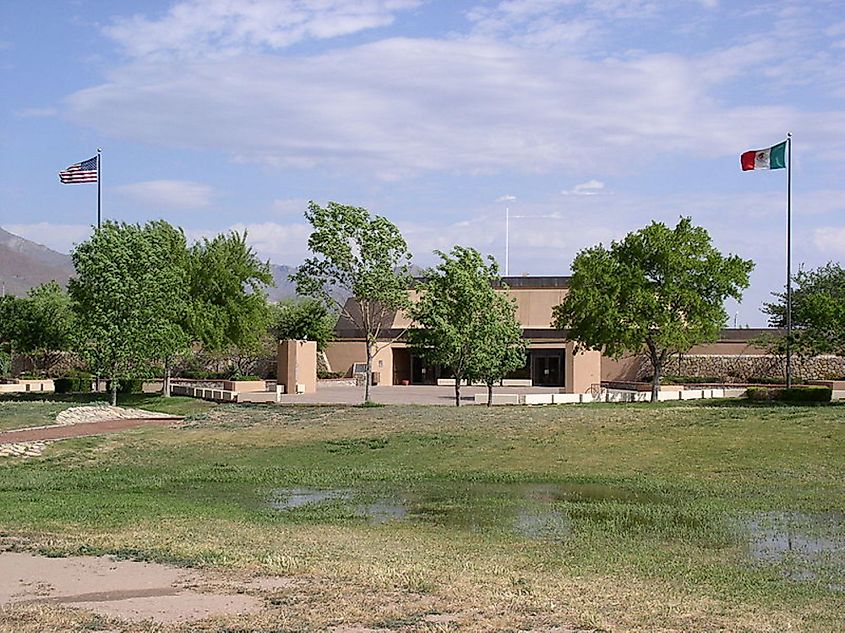
Juan de Onate, a Spanish Franciscan friar who colonized New Mexico, first identified this important location in 1598 and gave it the Spanish name El Paso del Norte (meaning "The Pass of the North"). The first Spanish-Indian colony was established in the region of what is now known as Ciudad Juarez, Mexico, in 1659. The Butterfield Stage Route to California passed through the town, which was laid out in 1859 and became a US city in 1873. Up until the arrival of four railways in 1881, it expanded slowly; by 1890, its population had more than multiplied by ten, reaching 10,338. Border conflicts were caused by the Rio Grande's bend to the south in the 1860s; Mexican claims to El Chamizal, a land wedge in Texas, were first made in 1895. The 55-acre Chamizal National Memorial (built in 1968) honors the disagreement over the realignment of the river's channel that was finally settled in 1963.
Demographics And Economy Of El Paso
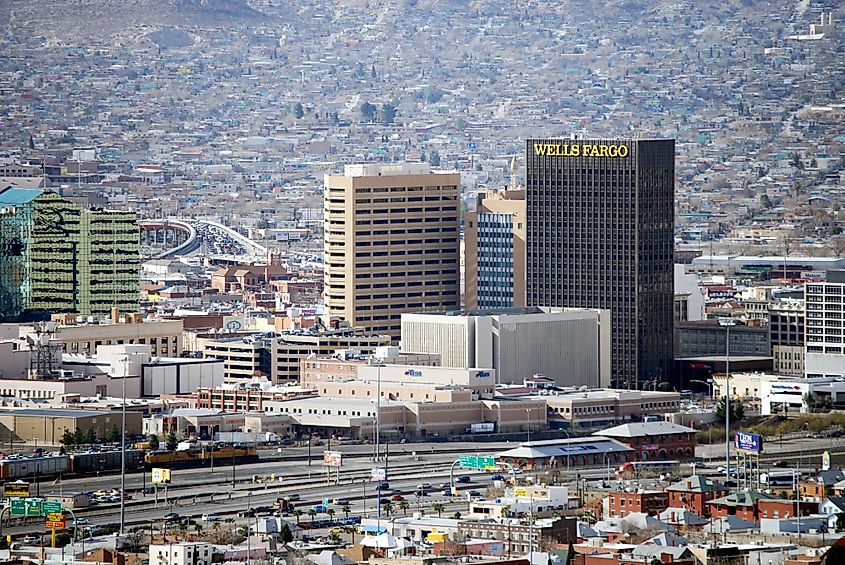
According to the latest United States Census, El Paso has a population of 678,815 residents, where 51% are females and 49% are males. The racial makeup of the city is 81.5% Hispanic or Latino, 12.6% white (non-Hispanic/Latino), 3.4% African-American or Black, and 1.4% Asian. The remaining population is distributed among American Indians, Alaska Natives (AI/AN), Native Hawaiians and Pacific Islanders, and other mixed races. Spanish is spoken by 65.7% of the population. The rest speak English (32.2%), Asian and Pacific Islander languages (0.9%), Indo-European languages (0.8%), and other foreign languages (0.4%). Only 51.8% of the population in El Paso are naturalized U.S. citizens. Veterans make up 8.3% of El Paso’s population, of which 88.2% are males, and 11.8% are females.
As per the same Census, El Paso has an employment rate of 55.2% with a poverty rate of 19.1%. The homeownership rate is 59.6%, where the median gross rental cost is $857 per month, with a median household income of $48,866. The unemployment rate in El Paso is 7.4%. The job market in El Paso has grown by 1.9% over the previous years. Compared to the US average of 33.5%, future job growth in El Paso is expected to be 35.9% during the next ten years.
Attractions In And Around El Paso
Franklin Mountains State Park
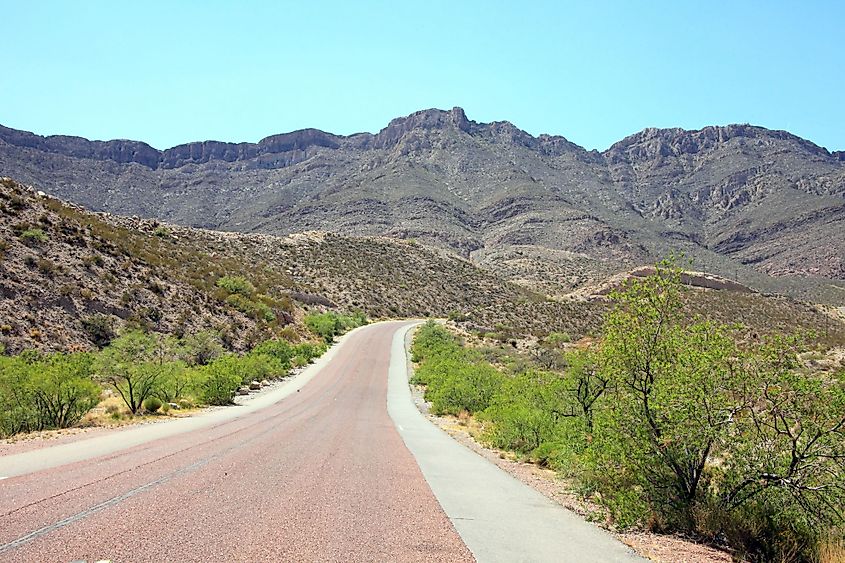
El Paso's skyline frequently features the magnificent Franklin Mountains. Additionally, they provide a much-needed recreational outlet for both locals of El Paso and out-of-state visitors. The 27,000-acre Franklin Mountain State Park, conveniently located on the city's north side and one of the biggest metropolitan parks in the nation, is a renowned location for hiking, mountain biking, and rock climbing. This sizable state park has lots of enjoyable activities, such as geocaching, ranger-led programs, and wildlife watching. The Franklin Mountains also provide a range of picturesque routes for people short on time.
El Paso Mission Trail
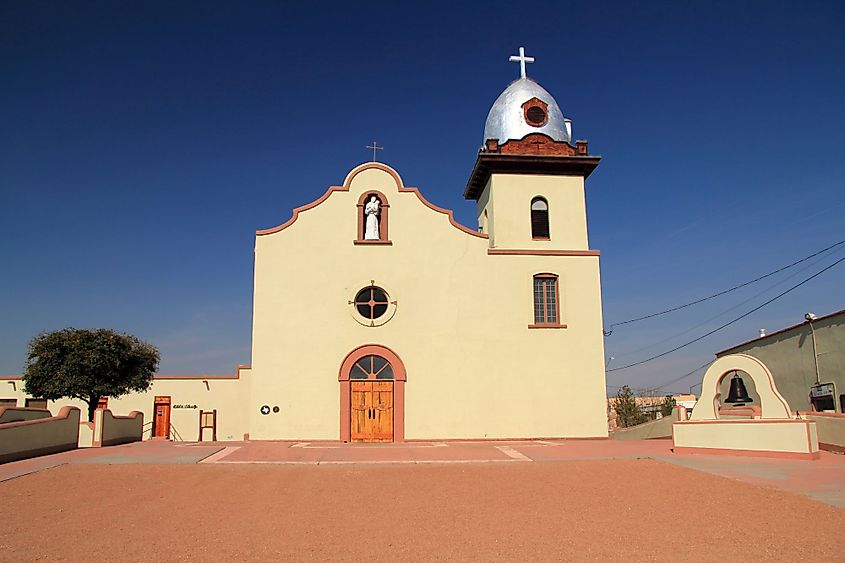
The Mission Trail, which begins in El Paso and travels through the state's most significant remaining Spanish mission sites, is one of the most incredible ways for visitors to experience Texas' rich multicultural heritage. Among other missions, the Ysleta Mission is one notable landmark along this picturesque driving route. It is the state's oldest building of this type and was consecrated in 1682. Around the missions are various other cultural landmarks, including restaurants, art galleries, and organizations like the Tigua Indian Cultural Center.
Plaza Theatre
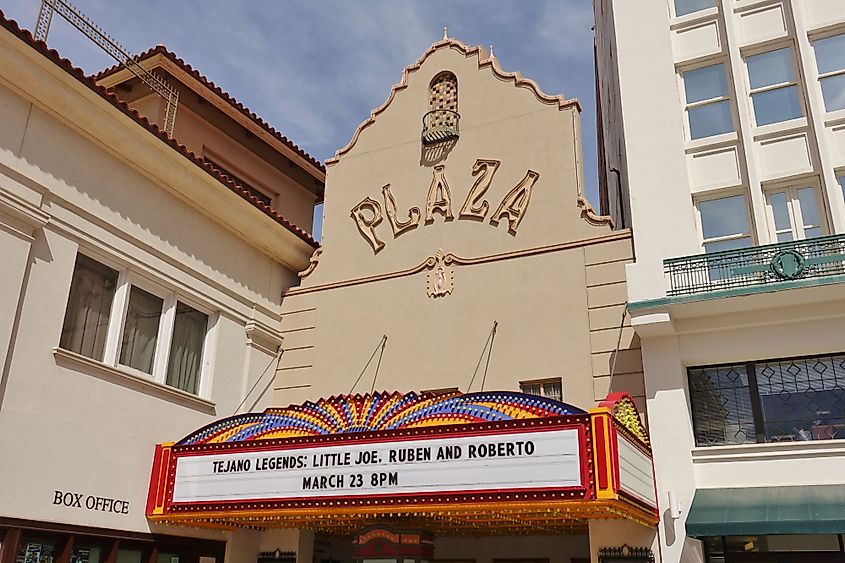
The Plaza Theatre, which is in the center of downtown, proudly serves as a reminder of El Paso's musical past. The Plaza Theatre Performing Arts Center, which was first built in 1930, features some of El Paso's top live performances and tourist attractions. Simply admiring the elaborately adorned auditorium space is part of the experience at this Spanish Colonial Revival-style theater. The painted stars on the ceiling that reflect a summer night's sky and the mosaic-tiled floors, decorative metal railings, and antique furnishings all contribute to the eerie atmosphere of this theater.
El Paso Museum Of Art
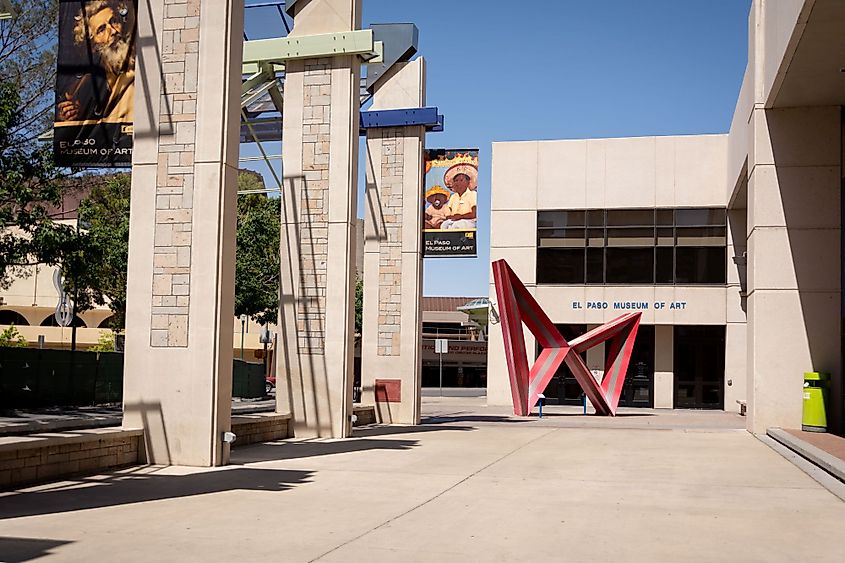
More than 7,000 works of American, European, and Mexican art, dating from the 12th century to the present, are housed in the remarkable collection at the El Paso Museum of Art. Numerous excellent Southwest-inspired works can be found in the collection of American art.
El Paso is a mixture of cultures, people, and cuisines. The city is full of historical attractions, and its distinctive desert landscapes are home to a variety of flora and fauna. El Paso is thus a friendly and diverse city with a lot to offer.

